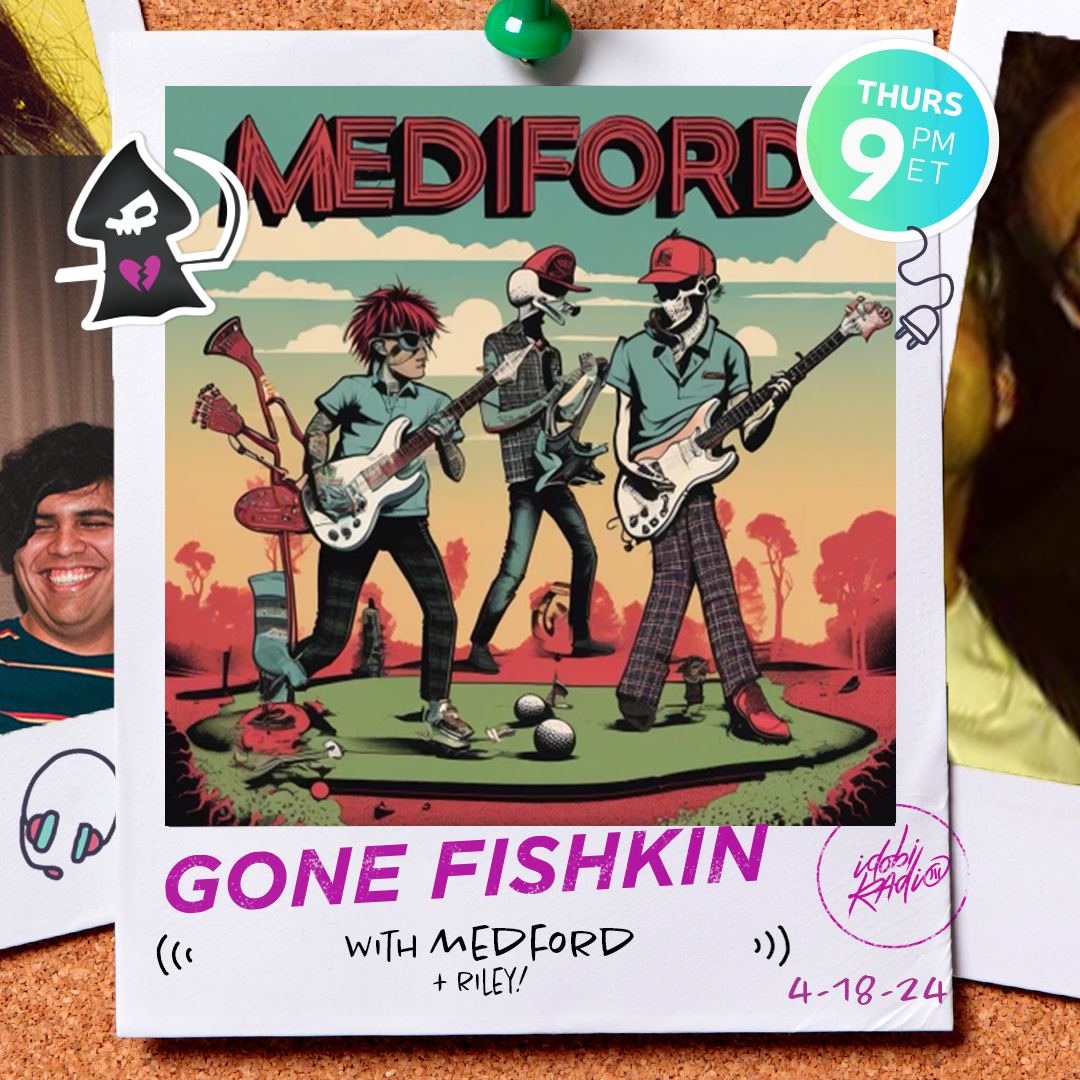The year 1954 was full of pop culture benchmarks. Elvis Presley recorded his first single, the Miss America pageant was televised for the first time, Ernest Hemingway won the Nobel Prize for “The Old Man and the Sea.”
And in a small factory in Fullerton, California, an inventor named Leo Fender created his Stratocaster.
If the general public overlooked that last milestone, musicians do not. In fact, for many it’s a pivotal event.
“Who knows how many different designs they’ve used to imitate and top it and nobody’s come close,” says Nils Lofgren, guitarist for Bruce Springsteen’s E Street Band. “It’s definitely as beautifully crafted an instrument that you’ll ever find and I’m very, very grateful for all Leo went through to create it.”
The guitar known affectionately as the Strat celebrated its 50th birthday in February. And it’s had a busy 50 years.
Americans know this instrument, even if they don’t know its name, because it’s been in so many famous hands and its tones form the foundation of so much of the music we listen to.
Jimi Hendrix made it scream.
Former Grin and current E Street Band guitarist Nils Lofgren calls the Strat “a work of art.”
Stevie Ray Vaughan made it cry.
Eric Clapton made it rock.
Fender was known for incorporating musicians’ suggestions into his designs. As a result, the Stratocaster was a collaboration by Fender and his close associates and those who played guitar for a living.
“Leo created a work of art that remains useful to millions of players and will always be useful,” says Lofgren.
‘It became a cultural identity’
Says Richard McDonald, a spokesman for Scottsdale-based Fender Musical Instruments Corp.: “He just nailed it right out of the gate.
“You measure an instrument’s success or failure on the merits of what gets recorded with it,” says McDonald, the company’s vice president of marketing. “Once huge masses of work were recorded with the Stratocaster, it became a cultural identity.”
Unlike many guitars of the 1950s, the Stratocaster’s body was made of solid wood, making it extremely durable. Hendrix set it on fire, Vaughan and others administered countless beatings.
Chris Flemming, a Master Builder at the Fender Custom Shop, plays his hand-built 50th anniversary Fender Stratocaster prototype.
“The Strat is like a workhorse, you don’t have to baby it,” Lofgren says. “You can be gentle and subtle and when you’re leaning into it a bit too hard, it doesn’t cave early on you. It pushes back a bit. No other guitar I’ve played allows that.”
The tonal result of the Stratocaster’s solid body is a highly sustained tone that produces a clear, bright sound unlike hollow-body guitars.
“I was a young guitarist and mostly played jazz with hollow bodies,” say Gin Blossom guitarist Scott Johnson. “When I landed my first pro gig they told me to go get a solid body for the sustain, so I got a Strat.”
Its historical significance, and international success aside, perhaps 11-year-old Chris Kutcher, who uses a Strat in his guitar class, sums up the guitar’s appeal best.
“I don’t know much about guitars,” says Chris, who attends Desert Harbor Elementary School in Peoria, Arizona, “but I know the Stratocaster has a cool sound.”





























